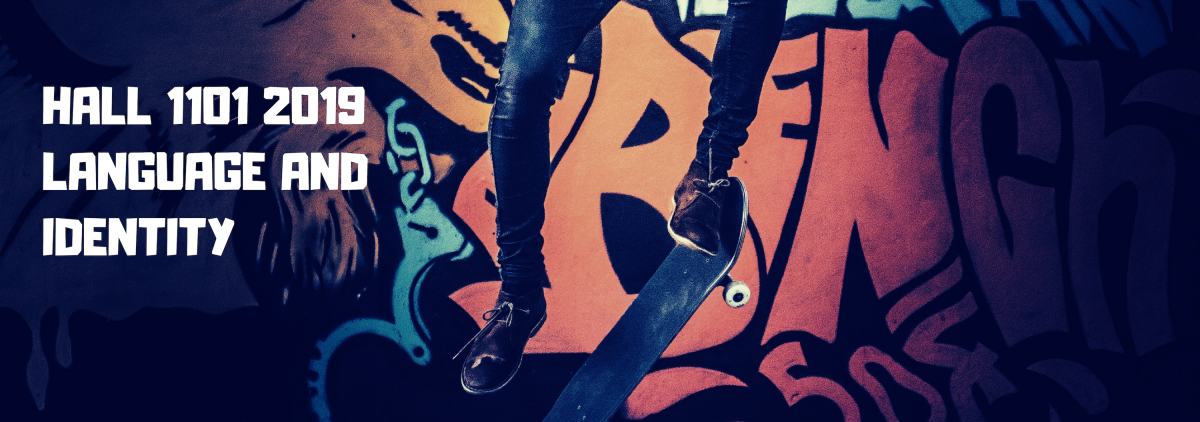“Boricua”
Being born and raised in the Bronx, Boricua is a term that is commonly heard. It is used to describe someone who is Puerto Rican, especially one who is currently living in the United States. But, behind just this single word, is chock full of rich history, and culture. But, NYC holds a significant place in terms of the growth and spread of Puerto Rican-Boricua culture. From the food, to the music, and everything in between, it is obvious that the term Boricua is not used in a derogatory or malicious way. In fact, it is the opposite, and it signifies everything that our ancestors did to get us to the position we are in today.
The history of Puerto Rico is actually very interesting. Puerto Rico’s independence was present, but quite short lived. “Only one year after Spain granted Puerto Rico self-rule, American troops raise the U.S. flag over the Caribbean nation, formalizing U.S. authority over the island’s one million inhabitants.” At the time, this took place, its population was one million. In July, of 1898, this is when the United States formed an invasion of Puerto Rico. The result was known as the ‘Spanish-American War’. This was because Puerto Rico was a territory of Spain that time, and the U.S wanted it for themselves. In about August, of 1898, the land was secured. Later on, in December, a treaty was signed, known as the ‘Treaty of Paris’. This treaty ended the Spanish-American War, and subsequently officially gave up Puerto Rico to the U.S. What changes this would mean for these peoples lives, as well as the ‘soon to be’ boom in economy both in Puerto Rico and in the United States, was unbeknownst to both parties at the time.
Only a few years after Puerto Rico becoming a U.S territory, citizens of Puerto Rico were able to migrate into the U.S. This was is 1917. But, it was later on in the century, when the highest rate of migration of Puerto Ricans to the United States took place. This was known as ‘The Great Migration’. This historical event occurred in the 1950’s and 1960’s. “The governments of both the United States and Puerto Rico encouraged Puerto Ricans to come to the United States to ease unemployment on the island.” With the backing of both the Puerto Rican, as well as the United States government, as well as the erection of the Commonwealth Office, Puerto Rican emigration was at an all time high. In fact, “Between 1990 and 2000, the Puerto Rican population in the United States grew by 24.9%—from 3.2 million to 3.6 million.”.
But of course, things didn’t stop there. In fact, by 2003, “there were more Puerto Ricans living in the United States than on the island of Puerto Rico—3.8 million on the mainland and 3.6 million in Puerto Rico”. Now, the cause of such a huge influx of people, all from the same place-in such short period of time can be explained. Recessions, back on the island, as well as job booms in the United States were all attributing factors to the large amounts of Puerto Ricans migrating here. The fact that it was so easy for Puerto Ricans to travel to, and from the island to the mainland made relocating to the U.S much more appealing. To this day, New York is still home to one of the largest populations of Boricuas on the East Coast.
Despite the citizenship and fact that Puerto Rico is affiliated with the U.S, Boricuas still faced struggles, and hardships. One living example of such stories is a man by the name Jesus Colon. This is man whose story is truly inspiring….(goes into Jesus’ story, discrimination, and how he goes on to document his stories of being born in puerto rico, and moving to NYC)



